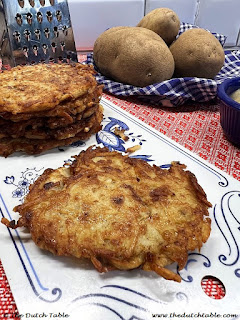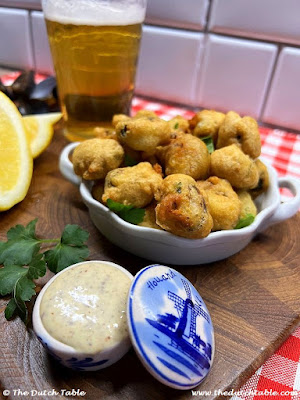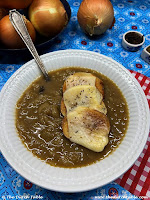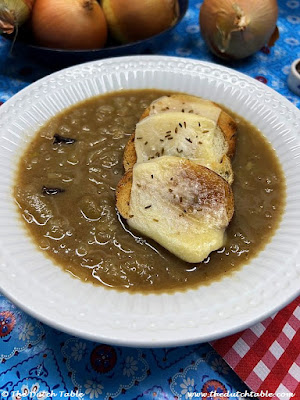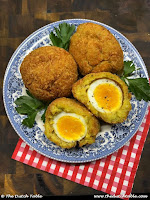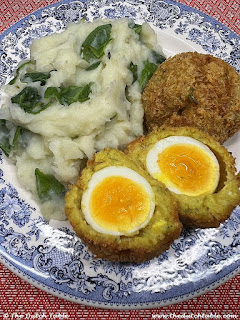To this day, when I catch a whiff of french fries, it reminds me of that small frietkraam. Actually, what I remember is just a sliding window, with a hand sticking out, handing a cone of french fries to whoever was next in line. I couldn't tell you who worked there, what it looked like on the inside, or even what the color on the outside was. But I have one very distinct memory, one that hasn't left me since then. One day, I am on my way back from swimming. I am about 8 years old. I have enough change with me to get a cone of fries, and I am looking forward to getting my jaws around those hot, golden fries. Super excited I stand in line, waiting my turn to order and when I reach the window, I said "eine patat mét, astebleef" (one portion of fries with mayo, please), and hand over the contents of my sweaty little fist.
"Det is neet genóg", says a voice. I freeze. What? Not enough? I must have lost some of the coins on the way! He must have had pity on me because he says "wach effe" and hands me a paper cone with something hot inside. I step aside and look. In the paper cone is a golden yellow disk, flat but big and round. A riefkook! And my disappointment turns into delight: one bite of that crispy, salty, shredded potato patty was like biting into a fistful of french fries at once: delicious!!!
So strong are food memories that, forty-some years later, I still remember biting into that riefkook. It's an insignificant memory but still, it's there. Now, I suspect that if you did not grow up in Limburg, or on the border with Germany, you may not be familiar with riefkook. It's called reibekuchen in German, and they are fried potato patties, made from shredded potato, egg, flour, and onion. In Limburg, you can find these all over the frietkramen, the french fries places. They're not often served with anything, like mayo or mustard, but I can tell you that they're delicious with a dab of applesauce! Riefkook are usually eaten as a snack, but there is no reason why they could not replace your hashbrowns at breakfast time, or be a potato variation for dinner. Go for it!
Riefkook
1 medium-sized onion
2 eggs
1/4 cup (30 grams) flour
1 teaspoon salt
1/2 teaspoon freshly ground black pepper
Oil for frying
Peel the potatoes and shred them on the side of the box grater with the large holes. Put the grated potato in a colander, and give them a quick rinse. Squeeze out the water and set aside to drain. Mince the onion. Get a large frying pan and add enough oil to cover the bottom.
Squeeze the potatoes again and get rid of the liquid. Mix the potatoes with the shredded onion, the eggs, the flour and the salt and pepper. Mix well. Prepare a platter with a few paper towels on the side, and get two spatulas, and an ice cream scoop or two spoons.
When the oil is hot, take a scoop of the potato mix and put it in the pan. Flatten it with a spatula and tuck in the edges so that it forms a round circle. Repeat until the pan is full, but with enough space around each riefkook, like the picture above. Fry for about three to four minutes on medium-high, then use two spatulas to flip it over. The bottom should be golden brown. Fry the other side for two more minutes, or until golden, Rest on the paper towels to absorb some of the oil. Keep warm until served.
Makes 12 - 14 medium sized riefkook.
Laot ut och smaeke!

